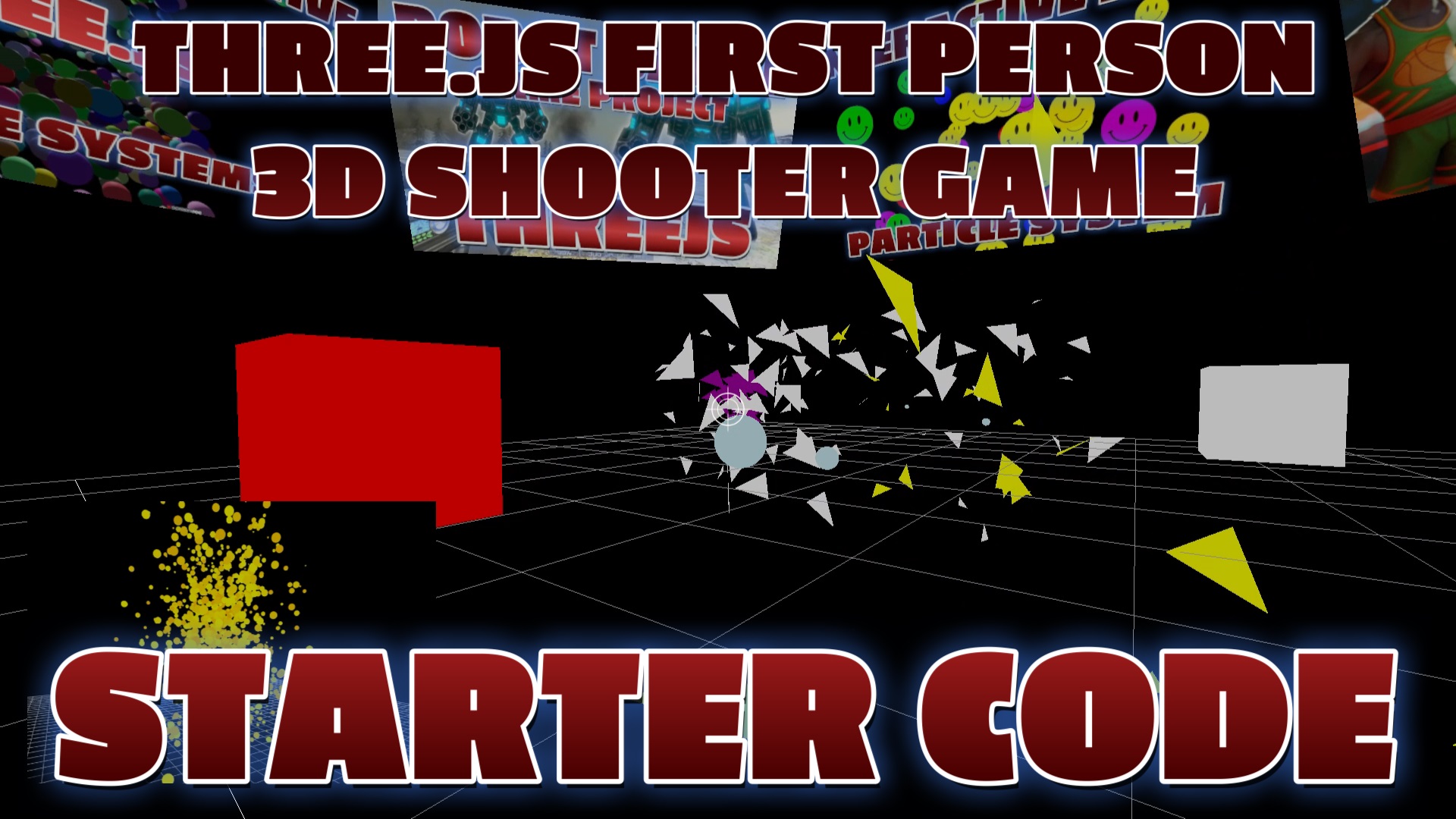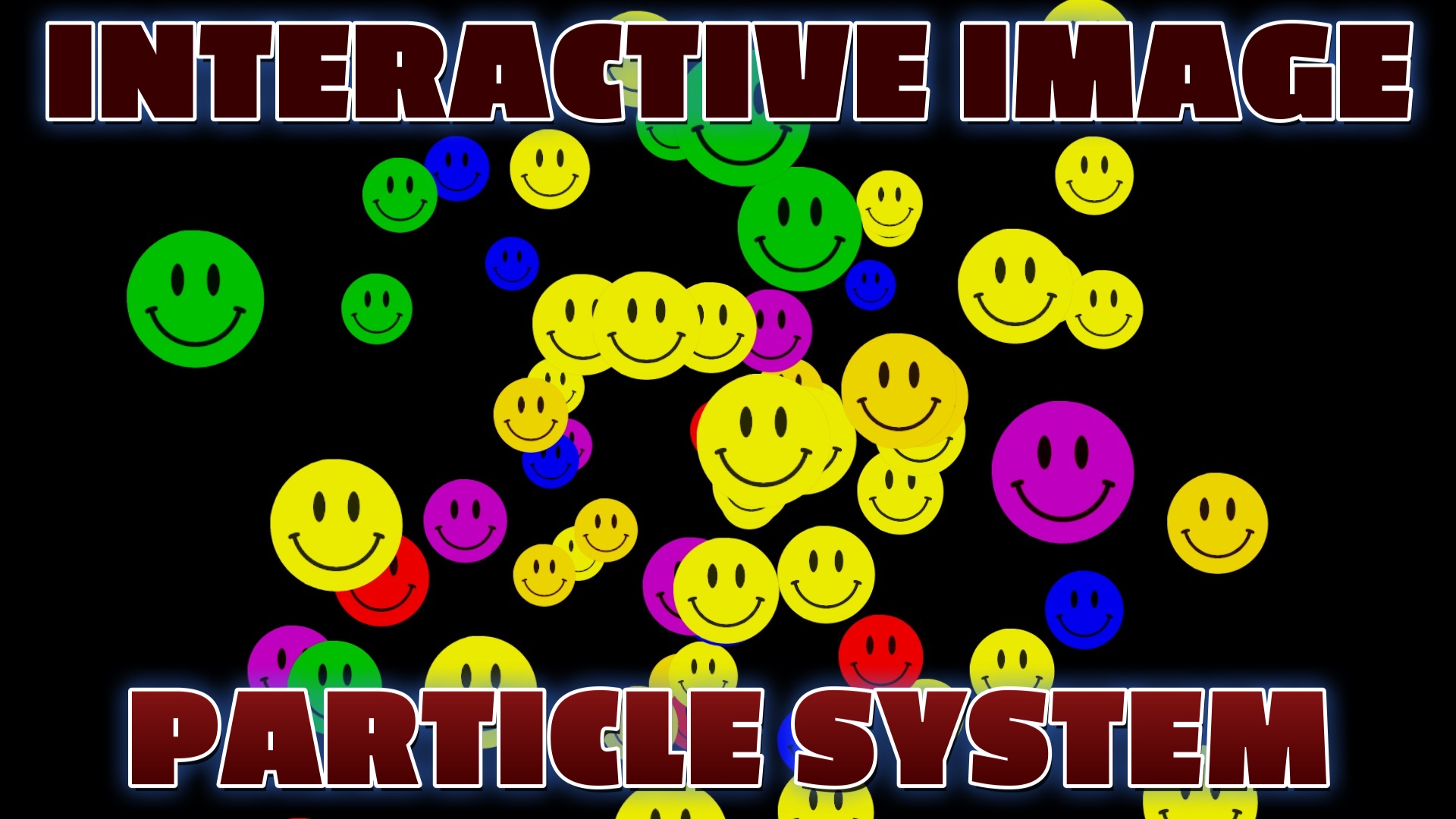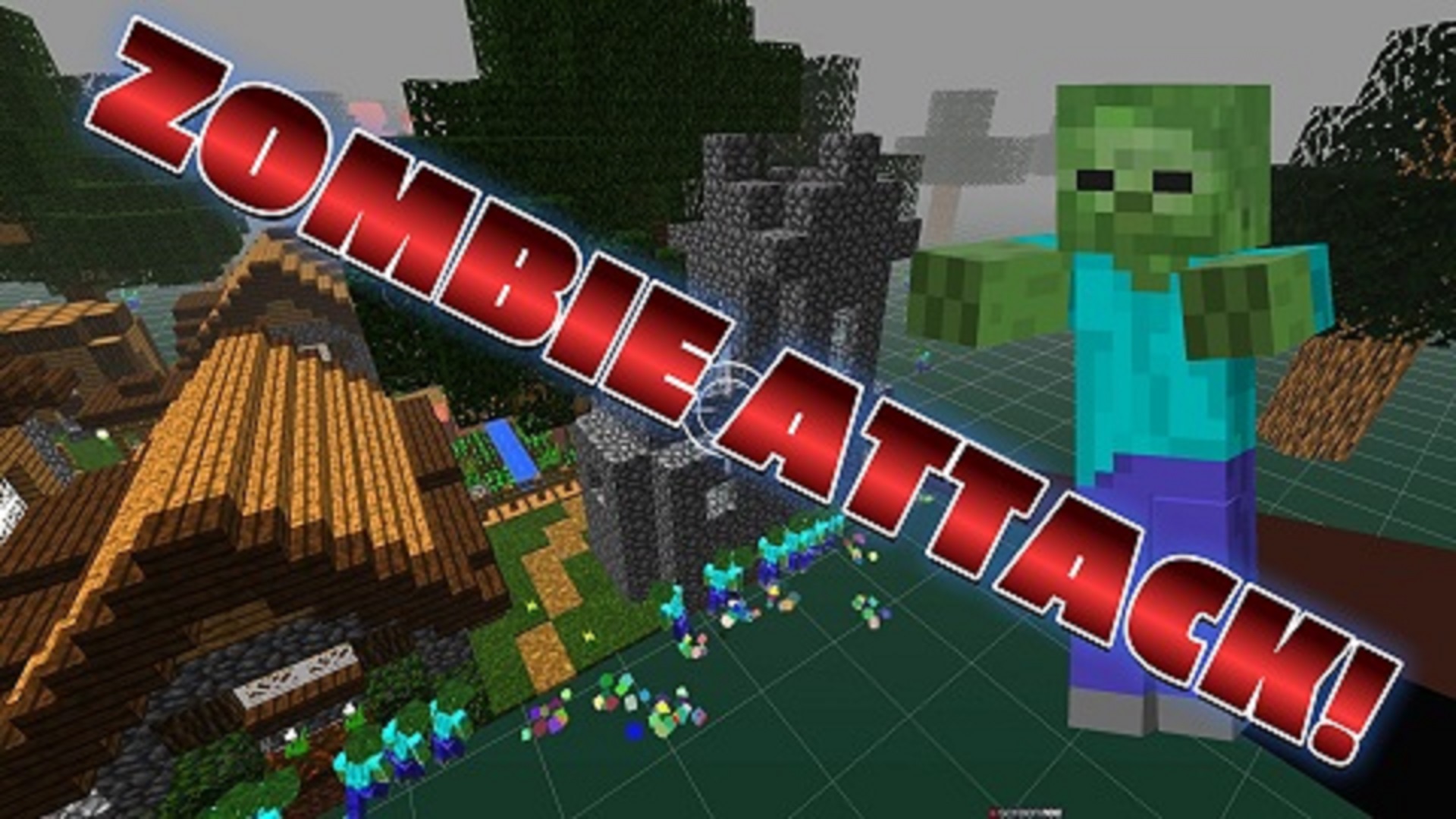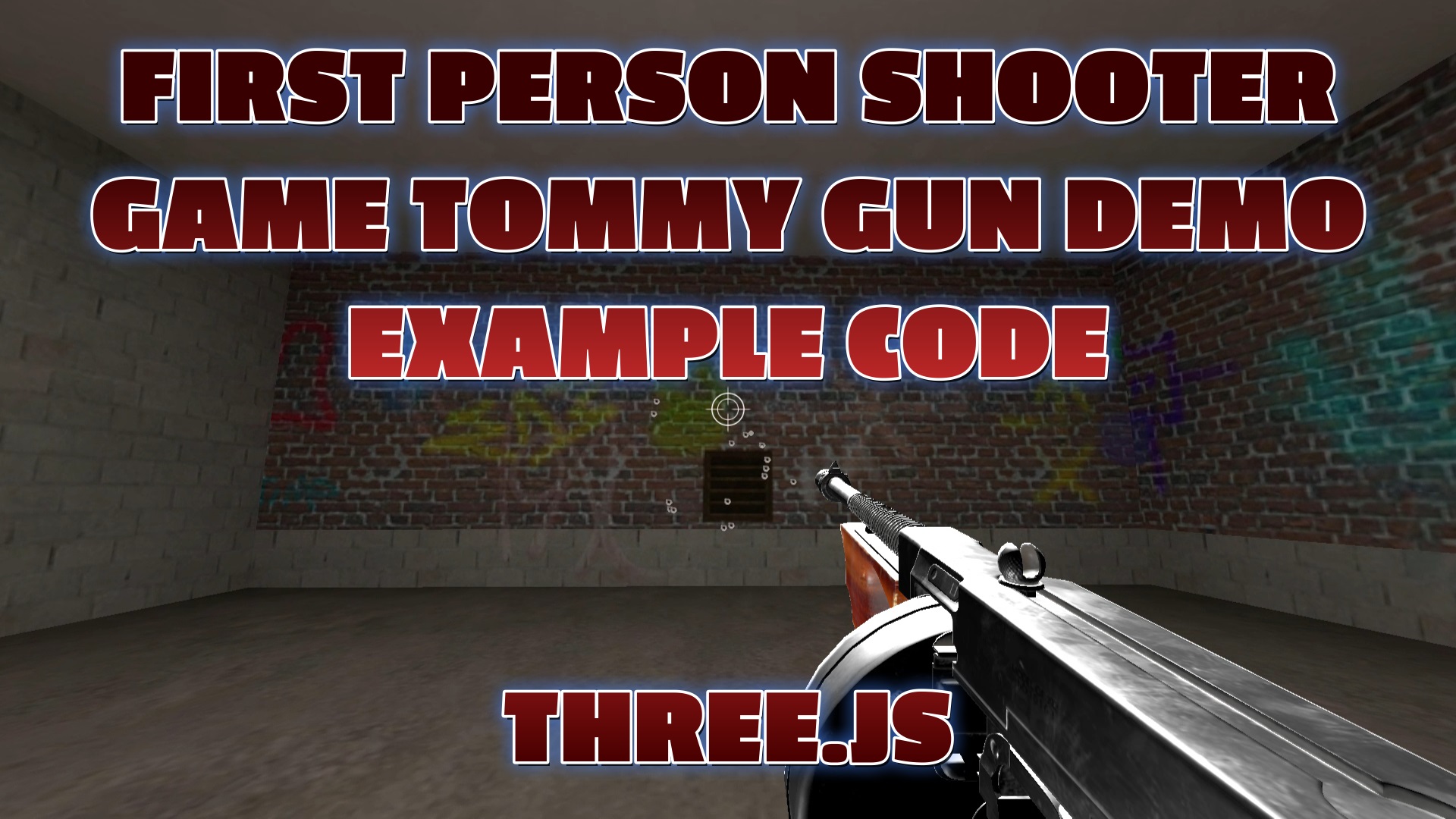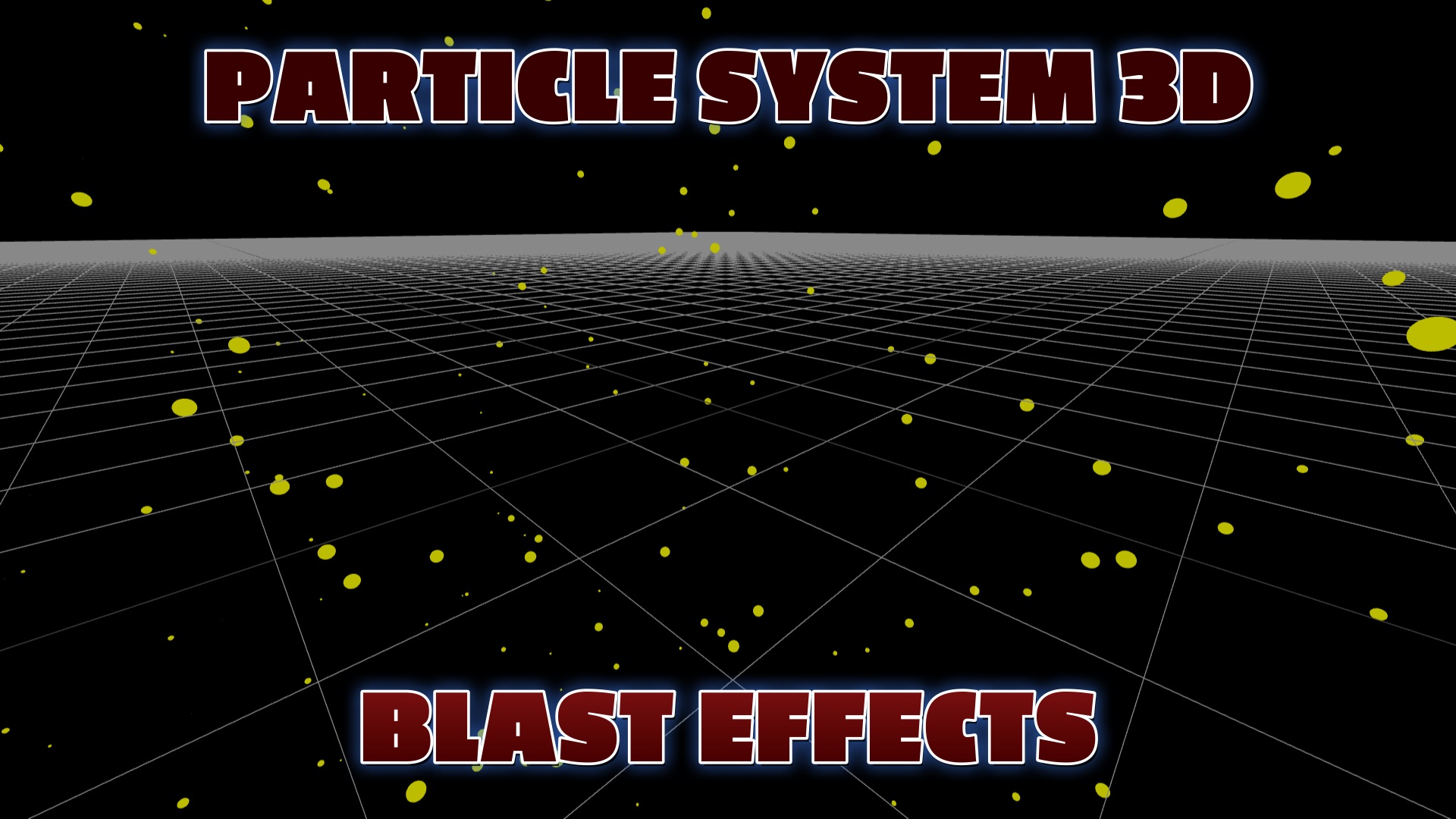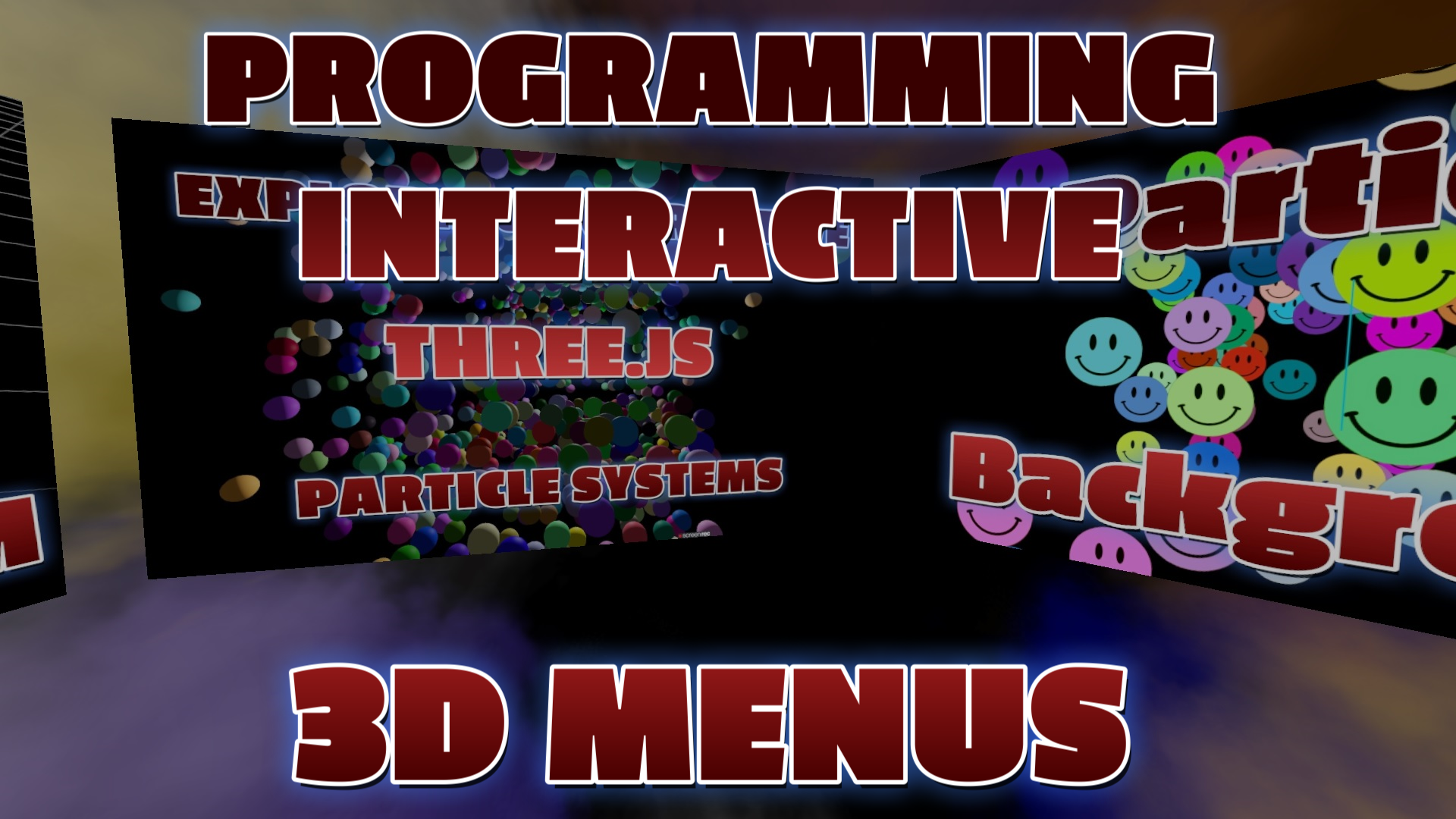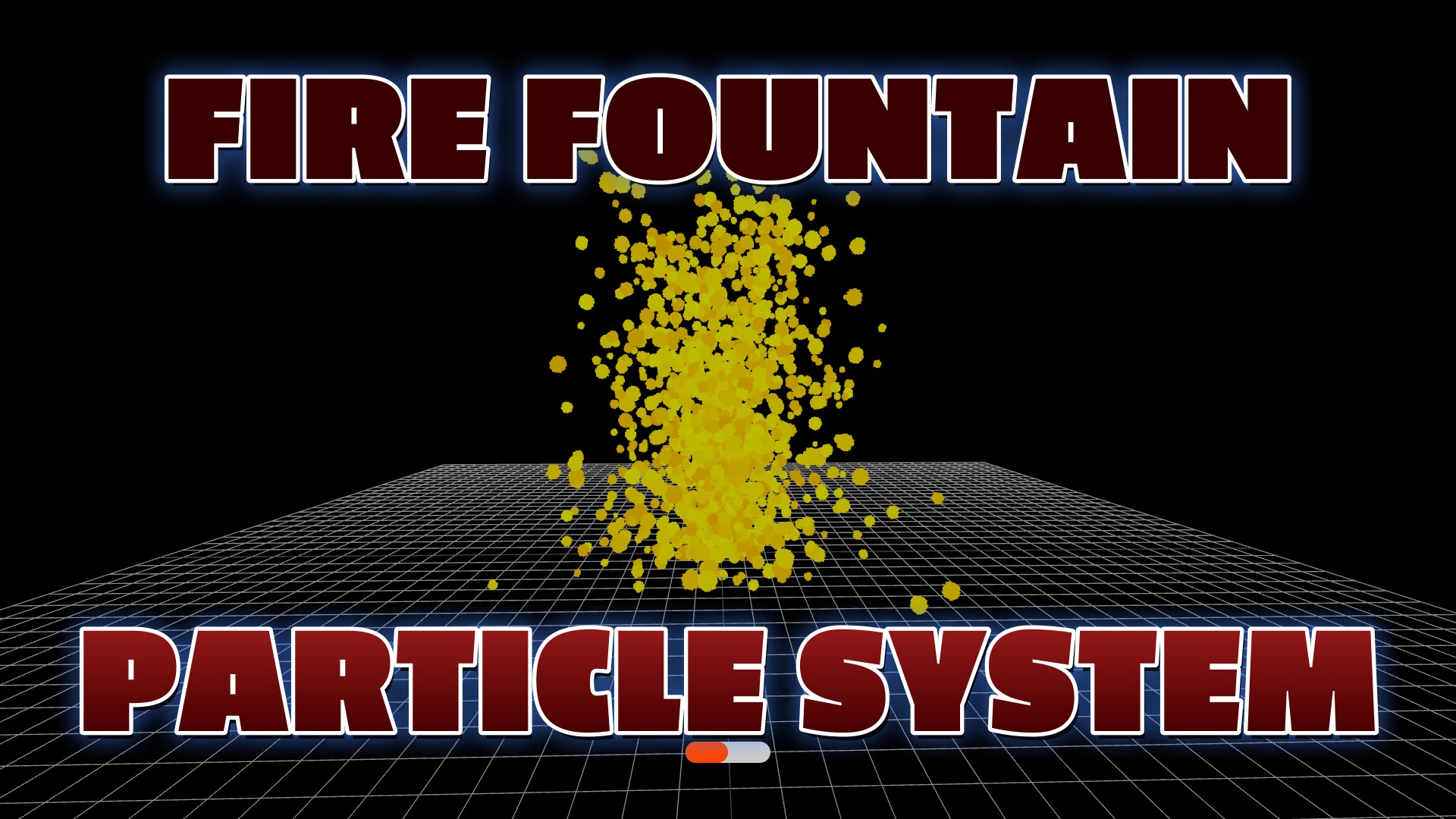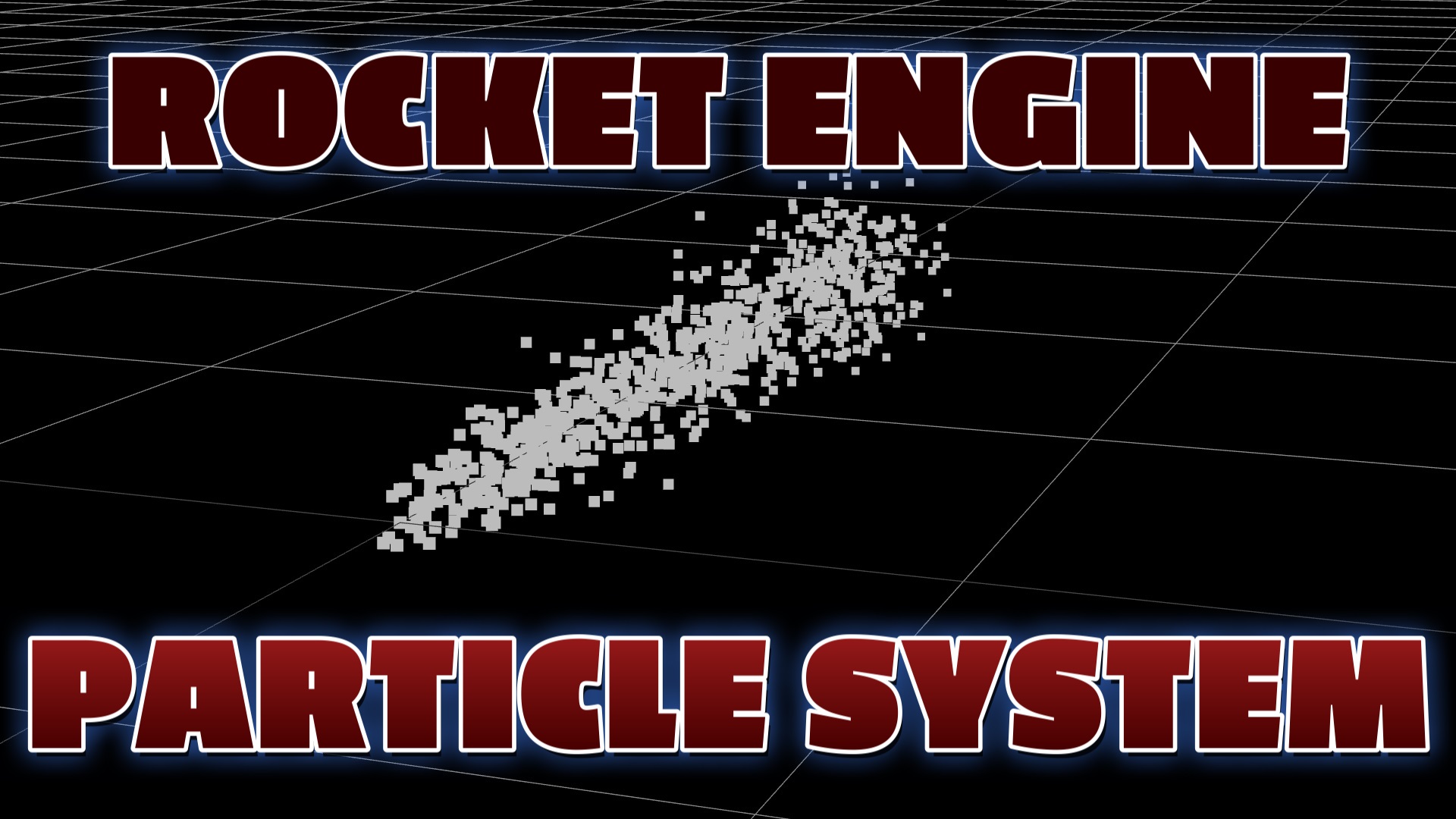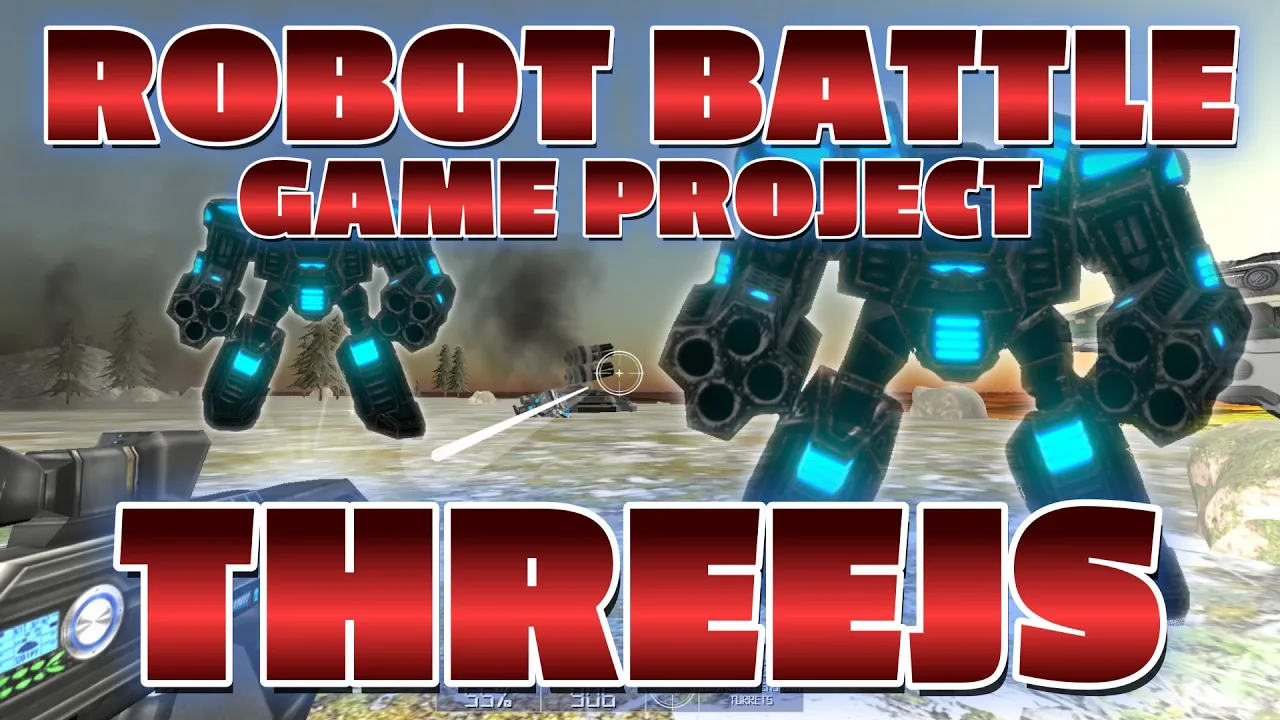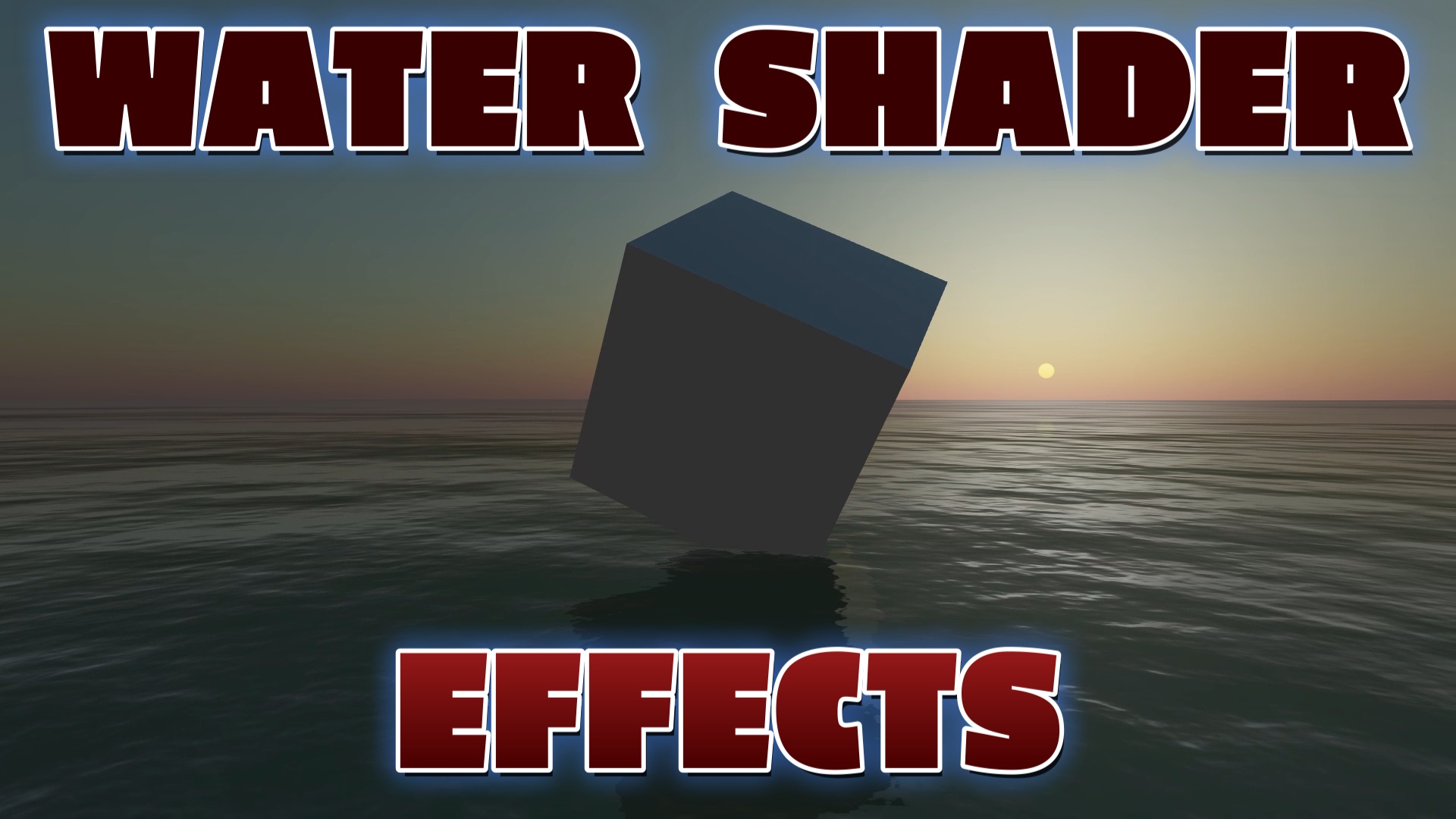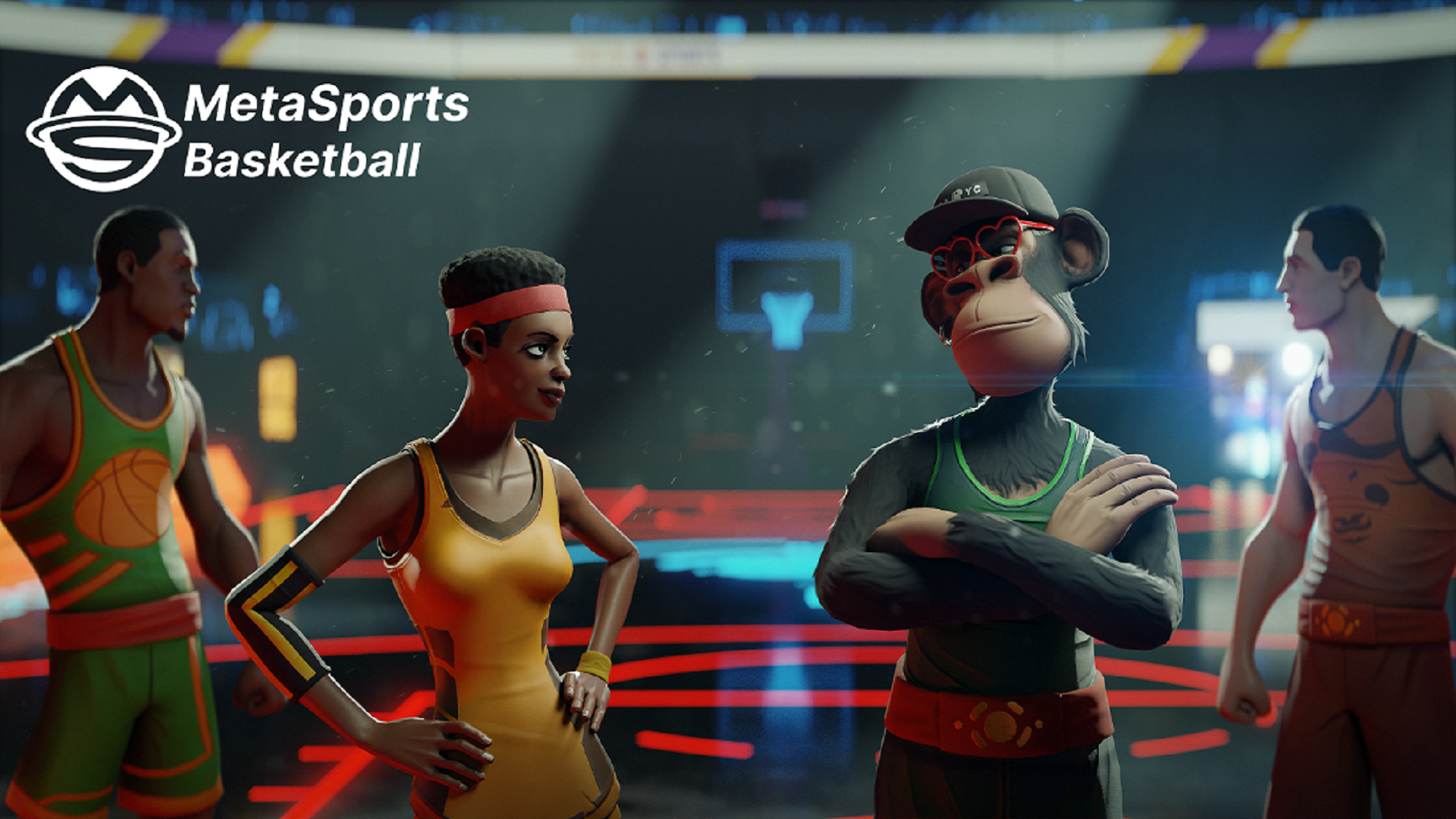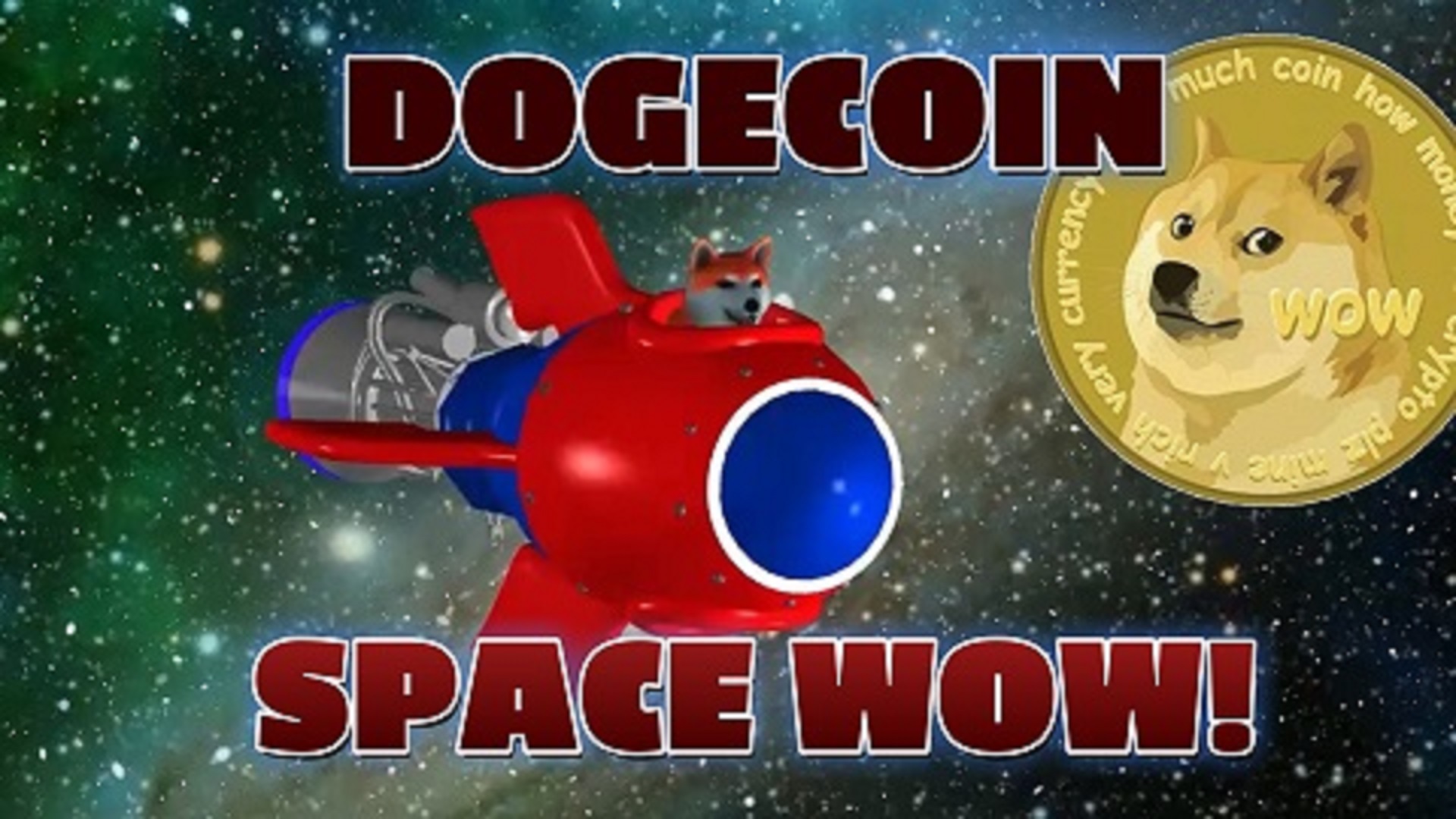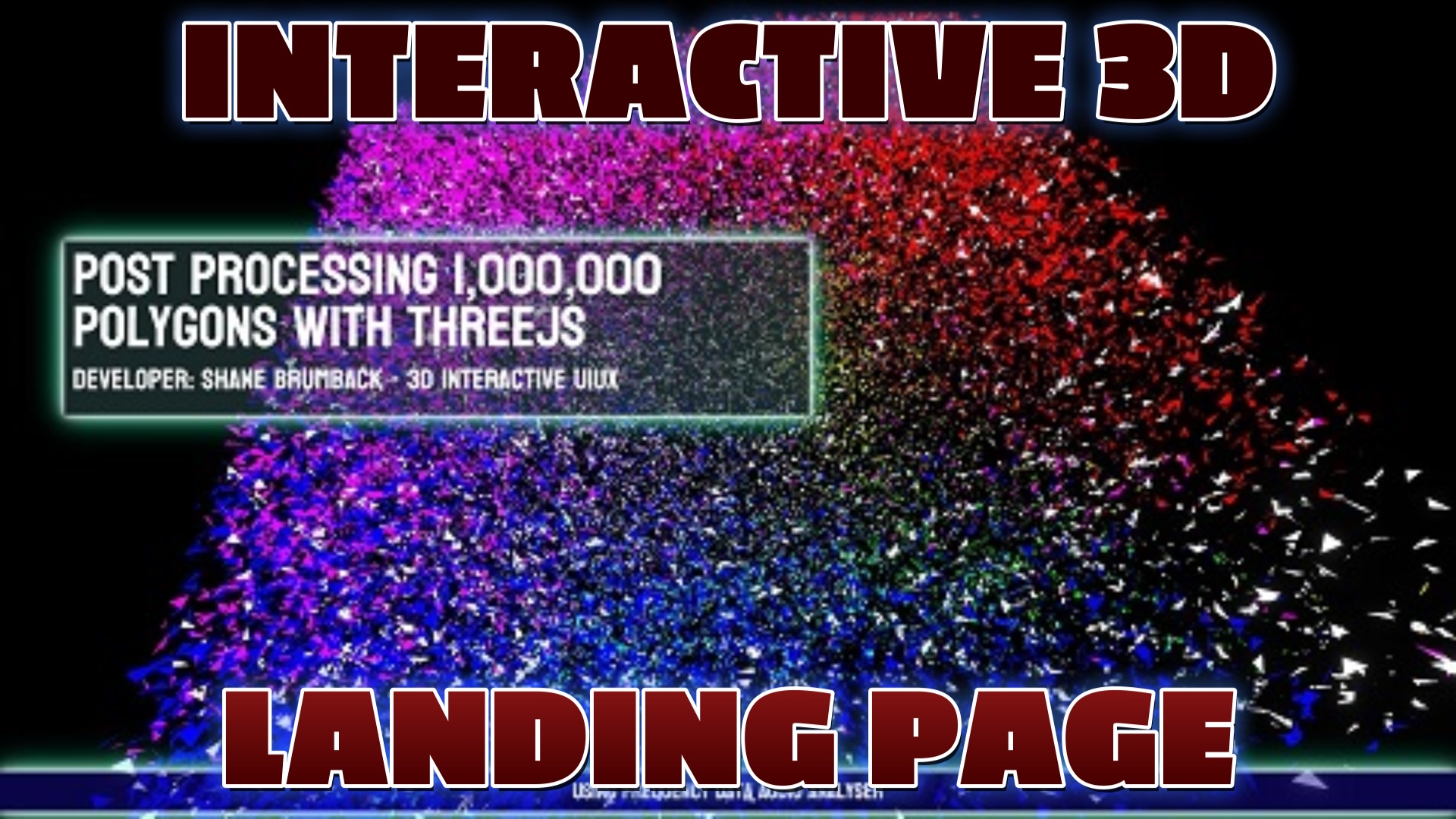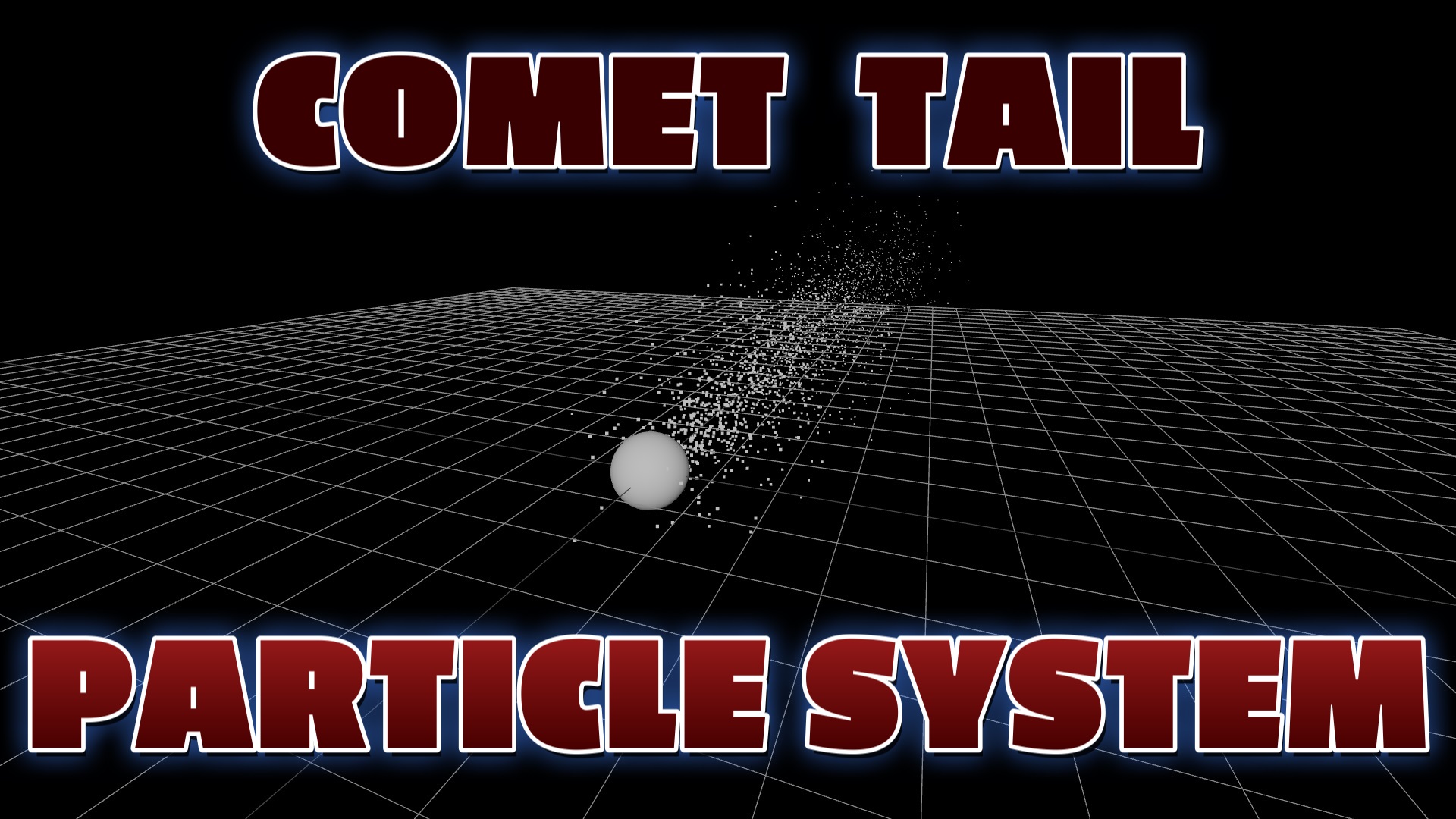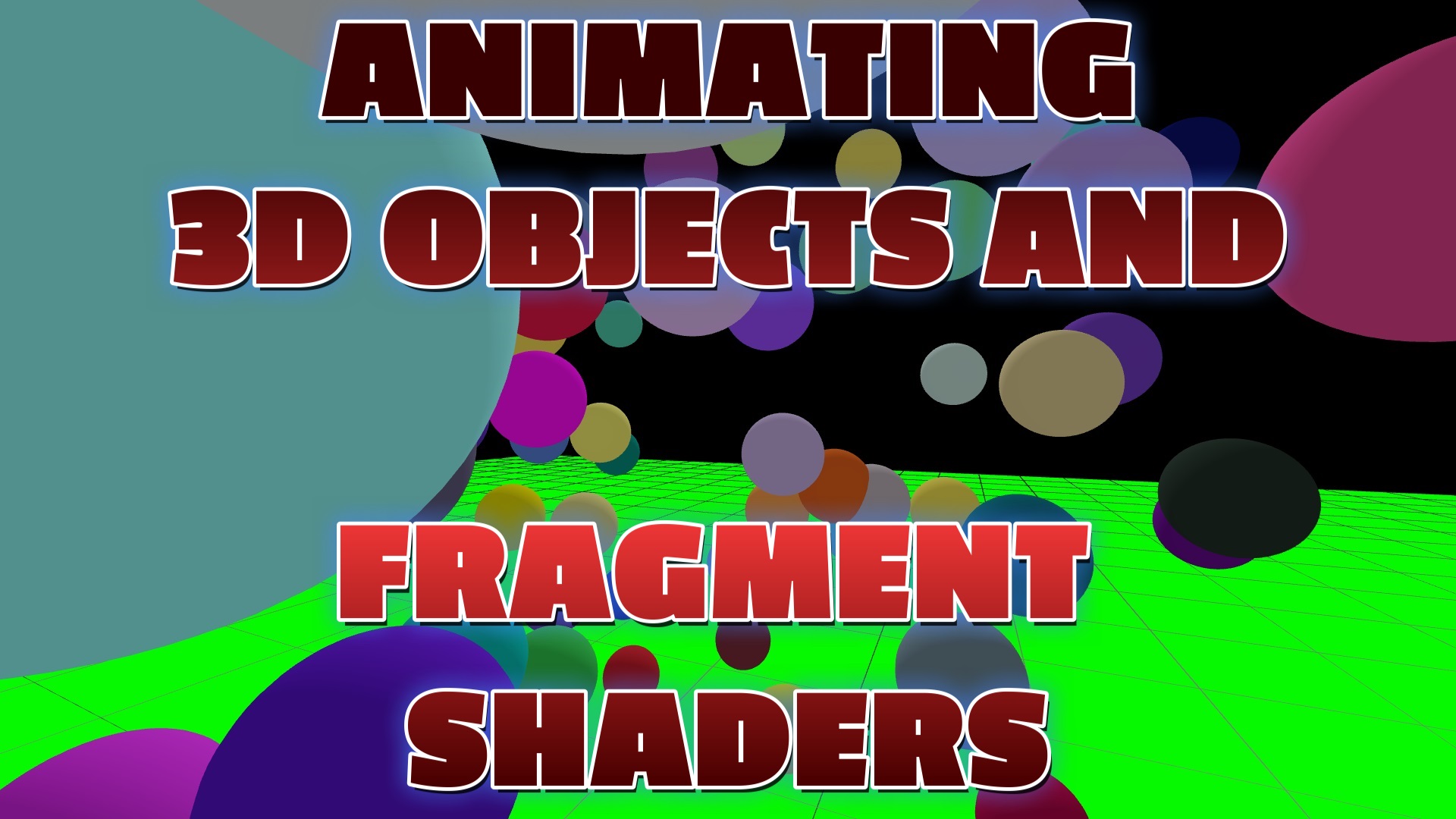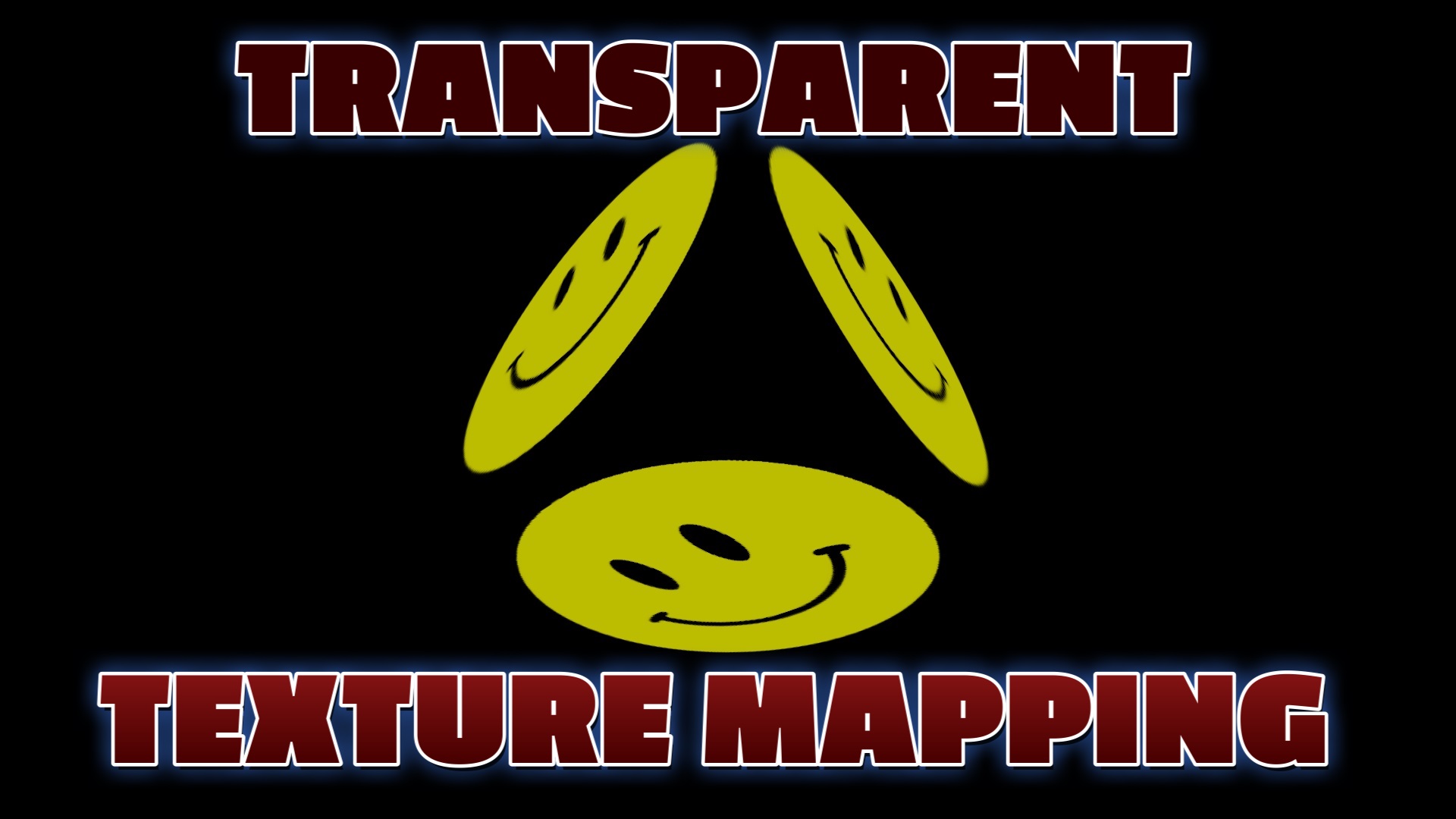Introduction
Published on
The Evolution of 3D Gaming and Three.js
The world of gaming has witnessed a rapid evolution, progressing from simple 2D games to immersive 3D experiences that captivate players' imaginations. However, the creation of visually stunning and engaging 3D games requires specialized tools and frameworks. One such powerful framework is Three.js, an open-source JavaScript library developed by Ricardo Cabello. Three.js simplifies the process of building interactive 3D graphics for the web, offering game developers a comprehensive set of features and capabilities.
Leveraging the Power of WebGL
With Three.js, developers can leverage the power of WebGL, a web standard that enables hardware-accelerated 3D graphics in web browsers. This library provides an intuitive and accessible way to create captivating 3D games by offering tools for scene creation, object positioning, and camera controls. Whether it's establishing the virtual world's foundation using built-in geometric primitives or incorporating custom geometry and imported models from 3D software, Three.js provides the necessary flexibility and versatility. In addition, Three.js offers extensive support for materials and textures, allowing developers to define the visual properties of objects and create realistic lighting and shadow effects.
Empowering Animation Capabilities
The library also boasts powerful animation capabilities, enabling the creation of dynamic movements and transitions for objects, characters, and cameras. With Three.js, game developers have the tools to bring their imaginative ideas to life, captivating players with visually stunning and interactive 3D gaming experiences.
Building Immersive 3D Games with Three.js
Three.js enables the creation of fully immersive 3D games that engage players like never before. By providing a straightforward and efficient way to harness the capabilities of WebGL, the library opens up a world of possibilities for game developers. Whether creating action-packed adventures, exploration games, or visually stunning simulations, Three.js empowers developers to focus on creativity and gameplay rather than low-level technical details. The library's ease of use and extensive documentation make it accessible to both seasoned developers and those new to 3D game development.
The Impact of Three.js on Web Gaming
Three.js has played a significant role in advancing web-based gaming, making it possible to deliver high-quality 3D experiences directly within web browsers. The library's performance optimizations and hardware acceleration capabilities ensure smooth and fluid gameplay, even on less powerful devices. This accessibility has broadened the audience for 3D games, reaching players across various platforms without requiring complex installations or downloads. Additionally, Three.js has fostered a vibrant community of developers who contribute to its growth, regularly sharing new tools, resources, and creative ideas.
Understanding Three.js
Three.js is built on top of WebGL, a web standard that enables hardware-accelerated 3D graphics within a browser. It provides a comprehensive set of tools, utilities, and features to facilitate the creation of 3D scenes and animations. WebGL utilizes the graphics processing unit (GPU) of the user's device to render high-performance 3D graphics, unlocking a new level of visual fidelity and interactivity on the web.
Key Features of Three.js
Three.js offers a wide range of features that empower developers to create captivating 3D games. These features include:
- Robust rendering engine: Three.js provides a powerful rendering engine that optimizes the rendering process for maximum performance and visual quality.
- Lighting and shadows: Realistic lighting and shadow effects can be achieved using various light sources such as ambient, directional, point, and spotlights.
- Camera controls: Three.js simplifies camera manipulation, allowing developers to control the viewpoint and perspective of the game scene.
- Geometric primitives: Built-in support for geometric primitives like spheres, cubes, cylinders, and planes enables developers to quickly create 3D objects.
- Material and texture mapping: Three.js supports different material types and texture mapping techniques, enabling developers to create visually rich and detailed game worlds.
- Post-processing effects: Various post-processing effects such as depth of field, motion blur, bloom, and color grading can be applied to enhance the visual aesthetics of the game.
- Integration with physics engines: Three.js can be seamlessly integrated with popular physics engines like Cannon.js or Ammo.js, allowing developers to simulate realistic physics-based interactions in their games.
Working with Scenes, Objects, and Cameras
Three.js revolves around the concept of scenes, which act as containers for all 3D objects and define the environment. Developers can create objects such as meshes, lights, and cameras and position them within the scene to create the desired game world. Cameras enable different perspectives and viewpoints, enhancing the player's immersion. With Three.js, developers have full control over the placement and movement of objects within the scene, enabling them to design interactive and dynamic game environments.
Creating Interactive 3D Worlds
Three.js provides developers with a wide range of tools and APIs to create interactive 3D worlds. In addition to the built-in geometric primitives, developers can create custom geometry or import models from popular 3D software. Meshes define the visual appearance and behavior of objects, and they can be assigned materials, textures, and animations to bring them to life. Whether it's a sprawling game world or a small interactive scene, Three.js provides the necessary tools to create visually stunning and engaging 3D environments.
Materials and Textures
Materials play a crucial role in defining the visual properties of meshes in Three.js. Different material types, such as Lambert, Phong, and physically-based rendering (PBR) materials, can be used to achieve various visual effects. Developers can specify properties like color, reflectivity, transparency, and more to create the desired look and feel for their game objects. Textures, including images and procedural patterns, can be applied to meshes to add detail, realism, and visual interest to the game world.
Lighting and Shadows
Lighting is a fundamental aspect of creating realistic 3D scenes, and Three.js offers a comprehensive set of lighting features. Different light types, including ambient, directional, point, and spotlights, can be used to illuminate the game environment. These lights interact with materials and cast shadows, creating depth and realism. Developers can experiment with different lighting setups and techniques to achieve the desired visual effects in their games.
Animation and Interactivity
Three.js provides powerful animation capabilities that bring life and movement to game objects. Keyframe animation allows developers to define key poses or positions for objects at specific points in time, and Three.js handles the interpolation between these poses to create smooth animations. Morph target animation, also known as blend shape animation, enables developers to define different vertex positions for an object and smoothly transition between them. With these animation features, developers can create dynamic movements and transitions for objects, characters, and cameras, enhancing the interactivity and visual appeal of their games.
Enhancing the Game Experience with Post-processing Effects
Three.js offers a range of post-processing effects that can be applied to the final rendered scene. These effects, such as depth of field, motion blur, bloom, and color grading, can significantly enhance the visual appeal of the game and create atmospheric effects. Post-processing effects allow developers to add depth, realism, and visual interest to their games, making them more immersive and engaging for players.
Integration with Physics Engines
To simulate realistic physics-based interactions in games, Three.js can be integrated with physics engines such as Cannon.js or Ammo.js. These physics engines provide collision detection, rigid body dynamics, and constraints, allowing developers to create immersive and interactive gameplay. By incorporating physics simulations, developers can add realism and depth to their games, enabling objects to respond to forces like gravity, collisions, and user interactions.
Conclusion
Three.js is a powerful framework that empowers developers to create captivating 3D games for the web. Its rich set of features, intuitive APIs, and extensive documentation make it an excellent choice for both beginners and experienced developers. With Three.js, you can unleash your creativity and build immersive and visually stunning 3D game worlds that captivate and engage players. So, dive into the world of Three.js and start crafting your next gaming masterpiece!
Recent Blog Posts & Updates
- Date - - Threejs
- Date - - Using Threejs To Develop Online 3D Browser Games
- Date - - Using Threejs Pointer Lock Controls For Online 3D Games
- Date - - The Advantages Of Creating 3D Interactive Menus And Websites Using Threejs
- Date - - Threejs Examples Exploring Interactive Visual Particle Systems
- Subscribe To My RSS Feed For Live Updates
- More Examples and Tutorials
